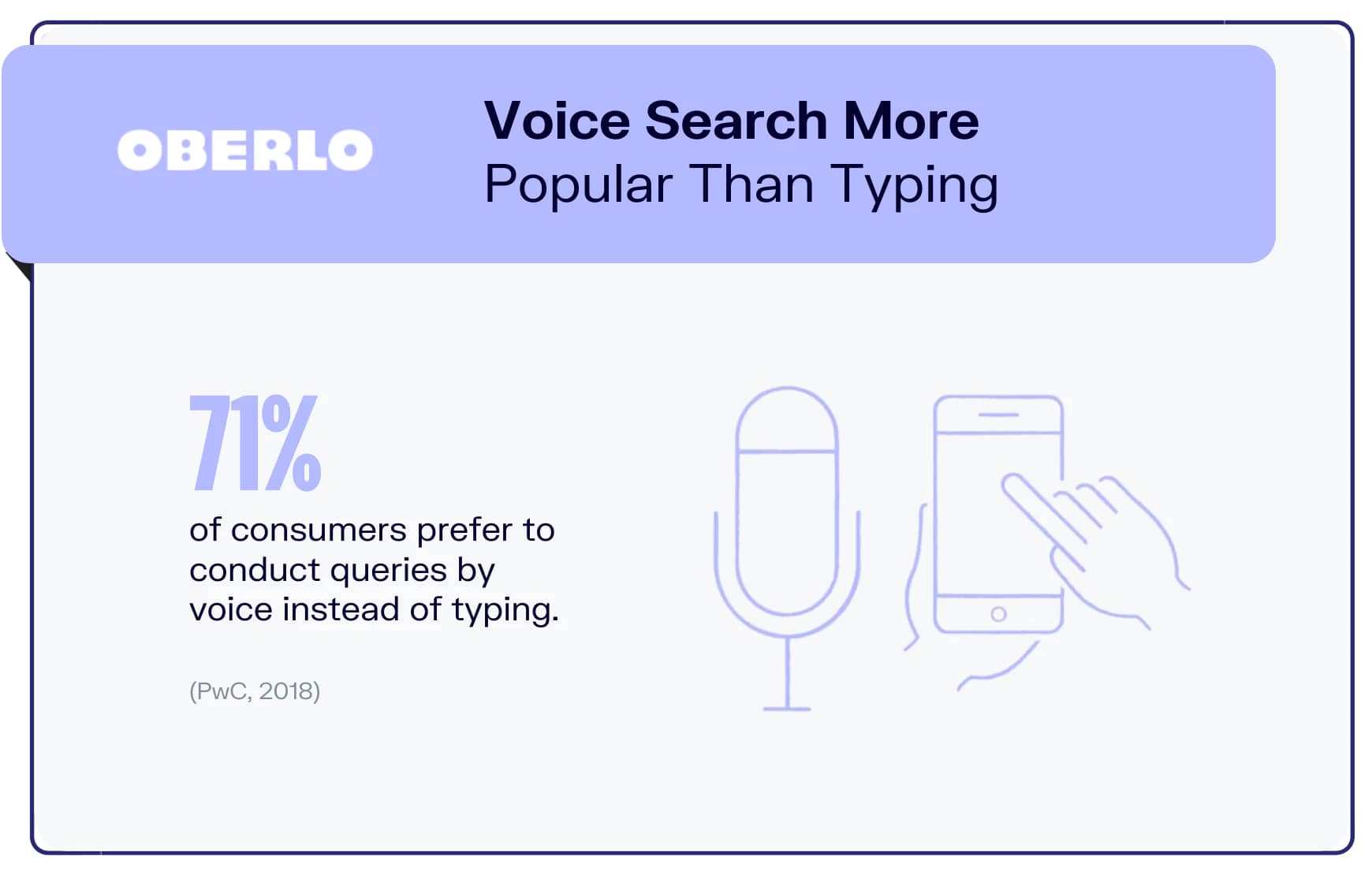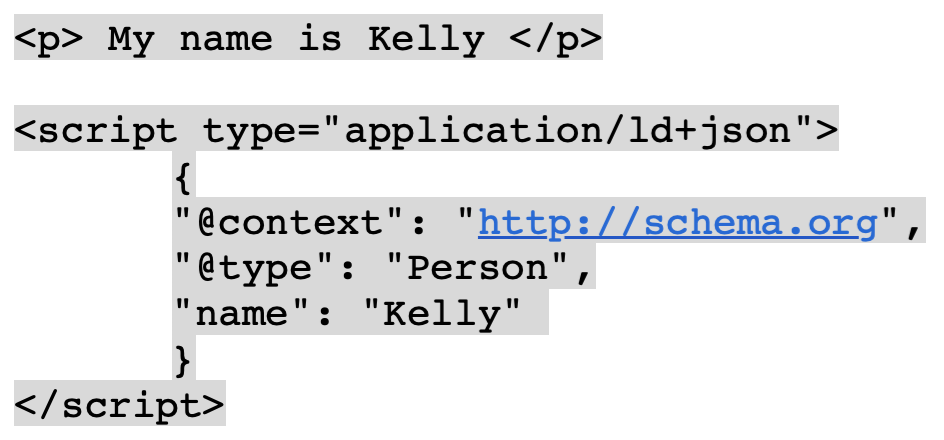By Deborah White
Highlights:
- Voice searches are changing the way we think of web content. Keywords are no longer the be-all and end-all of SEO.
- The types of techs being used are determining how content marketers approach content development.
- If you want your website to be found by voice, you need to optimize your content for voice search by following the best practices outlined below.
Siri… find me restaurants that are open now near me.
Sound familiar?
Well, there are two fun facts in that one small statement. Voice searches are going through the roof and as a business owner, you can’t afford to ignore them. The second small(ish) fact is that voice searches for “open now near me” have risen a whopping 400% in 2021 alone, per Google.
So, what effect does all this voice searching have on our SEO? It’s simple. We don’t talk the way we write. Our text search would look more like, “open near me” to a basic keyword phrase to get to the shortest possible point.
But people don’t like to type, they’d rather talk.
The Amazing Growth of Voice Search and Implications for Content Marketing
Every single, solitary electronic device on the planet now has a microphone and the ability to accept voice commands. This means that consumers can now talk their needs into Siri, Alexa, Cortana, Amazon Echo, and whatever else, without having their fingers do the walking to type anything into a search engine.
In 2020, there will be 4.2 billion digital voice assistants being used in devices around the world. Forecasts suggest that by 2024, the number of digital voice assistants will reach 8.4 billion units – a number higher than the world’s population. – Statisca
The implications for content marketers are huge because they need to start thinking about their content in a whole new way. They need to think about how they can create content that is contextually aware and responsive so that it will be more likely to engage their audience and increase the chances of success for their marketing efforts.
Think about it this way, when you’re talking to a friend, do you have a conversation full of the latest industry buzzwords and technical mumbo jumbo… excuse me, technical stuff… or do you usually talk in simpler terms that everyone can understand?
Voice Searches vs. Text Searches
Voice search engines are using phrasing that’s common to everyday speech. When talking you say “Siri, can you find me the nearest grocery store that’s open now, near me?”
So instead of typing direct keywords like “grocery stores near me,” you are “talking in” phrases. Voice search engines will search available websites for similar phraseology to give you the best matches on your phone, tablet, or speaker.
- Voice search engines also better understand regional dialects, accents, and colloquialisms that text searches cannot comprehend.
- Text search engine results are often cluttered with ads and sponsored links, which can be frustrating for readers and make it difficult to find the right information.
- Voice search engines are less distracting because they only display the most relevant results when a user speaks their query aloud.
- Voice search engines help people who are visually impaired or have trouble reading.
- Voice assistants can be used to make purchases at stores, order takeout, and book hotel reservations.
- Voice search engines also allow people with disabilities to communicate freely with their voice assistants and utilize them for tasks that otherwise would not be possible for them.
How is Voice Search Impacting SEO?
Voice search is on its way to becoming a mainstream technology and it’s important for marketers to know how to optimize their sites for voice search. It has been gradually replacing text-based search queries with voice-based ones.
Voice searches are growing at a rate of around 10% each year, and now, “40.2 percent of the United States population use voice search features,” per Oberlo

Voice search optimization is a relatively new concept and as yet, there are not many best practices available for it. However, some companies have already started to optimize their websites for voice search, which can be done through optimizing content and links on the website as well as ensuring that the site is easy to navigate and understand.
We should also remember that voice search optimization cannot replace traditional SEO techniques such as keyword research or link building. Voice search optimization should be seen as an additional way to get optimized results in SERPs rather than a replacement for traditional SEO techniques.
What are the Differences in Voice Search Technology and How Does it Affect Voice Searches?
Yep, the tech matters. The tech for voice search determines how the voice search is performed. Let’s consider the following use cases:
- Smartphone: A voice search from a smartphone tends to be looking for quick answers to quick questions. Such as, if you’re out and about having a hard day shopping and you just want to find a nice coffee shop to rest for a bit. You may make a search like, “find a coffee shop near me or “find a coffee shop on Lincoln Avenue.”
- Smart speakers: Home smart speakers are typically used from the comfort of home when the voice searcher is looking for more in-depth information. This may include asking questions about event planning, medical issues, travel planning, or any number of things really.
- Car speakers: Car speaker voice searches are more consumer needs-oriented: places to park, asking directions to a location, or locations of retail needs with the best pricing.
Knowing what tech your customer is using for their voice searches will help you in segmenting your content according to the customer you want to reach.
“When optimizing for voice search, it helps to know what technology your target audience is using – and with what intent” – Search Engine Journal
How Do I Get My Site Ready for Voice Searches?
Optimizing a web page for voice search is an important task that all website owners should take seriously. Here are some steps you can take for voice search optimization and what Schema markups you need to use.
On-page voice search optimization is the process of optimizing a website to be found by voice search engines. It is an important part of SEO and SEM because voice search is becoming more popular.
The first step in on-page voice search optimization is to make sure that your site has a well-optimized meta description. This will be read aloud by the voice assistant, so it should be as succinct and accurate as possible.
It also includes using keywords and phrases in titles, meta descriptions, headings, and other parts of the site content to ensure that people find what they’re looking for when they use their voice to speak queries into their devices.
1. Insert Schema Markups for Voice Search SEO

Schema markup is a set of tags that can be inserted into a web page to provide additional context. It is used for voice search and other purposes.
To implement the schema, you need to add markups in your HTML code. The easiest way to do this is by using Google’s Structured Data Markup Helper, which will generate the required code and show you how it looks on your website.
This meta tag needs to be placed on all pages that you would like to have indexed by Google’s voice search function, which is typically used with smart speakers.
Implementing schema markup is not difficult and can be done in a few minutes using any text editor, but it will take some time for it to start showing up in Google searches.
Schema markups are key components in the voice search optimization process because they help Google understand what your website is about and which content is important on the page.
The Schema markup that you need to add to your site is this: “LocalBusiness”: [“name”:”A local business”,”description”:”this place sells things you can’t find anywhere else”]
You can also add a video transcript for people who are reading the text but cannot hear the video. For that, you’ll need this Schema markup:”VideoID” : “video-one”
This will help Google understand that the transcript is for video number one.
2. Use long-tail conversational keyword phrases
Companies are optimizing their websites for voice search by using long-tail conversational phrases, which are more natural than keywords.
These phrases should be used in content and titles to rank higher in the SERP for voice search queries.
To find those highly sought-after keyword phrases, use WebCEO’s Keyword Suggestions Tool.
3. Add appropriate content tags
The ubiquity of voice search has led to a growing number of content creators exploring ways to optimize their blog posts.
Today, content tags can be used in many different ways and they are crucial for increasing the visibility of content.
It’s important to add tags that are relevant to the topic of the content so that it can be easily found when someone searches for it through voice search.
Do not confuse content tags with #hashtags. They are not the same. Learn more about the differences here.

4. Create a FAQ section
What questions do you want to answer?
You need to have content that answers those questions. If a visitor speaks a voice search question and voice search engines can’t find the question on your site, your customer will never find you.
A good way to optimize voice search is to create a FAQ section. This will help you with the question phraseology that you need to answer specific questions for great voice search SEO.
Another option is to create blog posts that answer a specific question. So, a title might look something like, “How do I find the best mechanic for my car?” Then create an entire blog post around answering that question.
5. Title Tag with a Keyword
Make sure that your title tag is clear and concise so that people can find what they are looking for easily when they search for it through voice commands. Make sure that your keyword is in your title.
6. Content that is relevant to the keyword
Use keywords and phrases that are relevant to the topic of the page. Include important words like “buy”, “download”, or “watch” in the page title.
The page should also be written with short paragraphs and sentences rather than long ones, so people can easily read it aloud to a device.
As a writer, I can’t tell you how many times I’ve been asked to use an inappropriate keyword for the subject matter.
There is NO WAY to rank for a keyword like “luxury mattress” when guest posting on a tech website with a subject like “Best Security Cameras: Ring Doorbells” for instance. Be realistic.
7. Write Meta Descriptions that are Relevant for Voice Search SEO
A meta description is a brief summary of your page that appears under the title on a search engine result page.
This meta description should contain keywords and phrases that are relevant to the content of the webpage in order to make your web pages and blog posts more visible on search engine results pages.
For now, meta descriptions can still be used in voice searches, but they might not be as relevant as they are now, because voice search is more conversational.
Instead of writing a meta description that tells the user what they will find on your website, you should write a meta description that responds to the user’s question or request.
8. Designate a Section of Pages as “Featured Content”
This is used by Google Assistant when answering questions about topics related to this site or niche.
You can do this by adding a Featured Content section at the top of each page on your site, or by adding a heading below the article content.

9. Build relationships with other web properties
Google Assistant uses the machine learning capabilities of Google Search to understand what content is important based on the connection with your site or blog.
The machine-learning capabilities are also able to analyze incoming links from other websites which can help strengthen the relevancy of your content.
Google Assistant is designed to interact with the websites and apps you trust – As part of this, Google sets out guidelines on how to best help people find the information they need when using Assistant.
It’s important for users to understand that the AI within these technologies gets smarter over time as more and more people use it. – Marc Fischer, Dogtown Media LLC
10. Text structure and layout
Text structure is an important factor to consider when you are writing a blog post or article because it helps people to understand the information that you are presenting. The layout of your text can also affect how well people understand your content.
- Break up long paragraphs into shorter ones.
- Use headings, and indent paragraphs when they start a new topic or have a different point of view than the previous paragraph. This will make it easier for readers to scan through what you have written and find the information that they want more easily.
- Use lists, bullet points, and graphs in order to present information in a more organized way.
- Use double spaces between sentences.
- Bold important words and phrases.
- Capitalize keywords for more emphasis, such as in company names and titles.
11. Add a Transcript of Your Video Content
Everyone loves a good video. Videos are a great way to combine sound and visuals in order to communicate an idea.
With the emergence of voice-powered devices, many people are finding it easier to watch videos without having to devote time and attention to reading.
Here’s how you can optimize your video for voice search and some tips on how to make your video more accessible for users.
- Put a transcript on the webpage where the video is hosted.
- Use keywords in your titles and tags.
- Make sure that the audio is high quality and the length of the video is no more than three minutes, people lose interest if the video is too long.
- For videos that are longer than three minutes, or if you want to optimize a video for a specific search term, then you want to make sure that the video is broken into two or more parts.
The value of optimizing your video is increased views and increased traffic to your website.

12. Add Voice-Specific Meta Tags
VoiceSearch is the future of search. Voice language and voice consent are two new meta tags that can be used to optimize a site for voice search.
- VoiceLanguage is a meta tag that specifies the language of a web page’s content. It can be used in combination with VoiceSearch, as well as other meta tags, to improve your site’s visibility in voice search results.
- VoiceConsent is an attribute that indicates whether or not the web page requires explicit user interaction before it will start playing media content aloud on a device with a screen and/or speakers. This tag can also be used in combination with VoiceSearch, as well as other meta tags, to improve your site’s visibility in voice search results.
These tags are to be included in your site’s header section and /or body content.
Google has announced plans to incorporate these new tags into its algorithms for ranking pages for voice searches conducted by Google Assistant on its Home devices and through the Google SearchThere on Android phones.
How to create a Meta Tag? Easy! There is any number of free Meta Tag Generators online, try this one from Metatags.org.
Conclusion
The conclusion of this guide is that voice search optimization is an opportunity. It’s the next step in the evolution of SEO and content marketing.
This article is all about voice search optimization. Voice search is becoming more popular, and it’s important that you know how to optimize your site for it.
This guide will show you the best practices for voice search SEO, tips on how to optimize your site for voice search, and how to implement these tips so that your site can rank higher in voice searches.
WebCEO is the ultimate SEO tool for your business. It provides the tools for you to improve your SEO and rank well in the search engines, which results in more customers for you! Just check out their wonderful reviews here or here and click to learn more and start improving your SEO!

